Pigenia
Pigenia of Tyllirias was bombed twice, but it survived
The village of Pigenia belongs to the province of Nicosia and it is located in the area of Tyllirias, which is a mountainous peninsula of Cyprus in the northwestern part of the island between Chrysochous Bay and Morphou Bay.
 Photo: Christou Odysseas
Photo: Christou Odysseas
It is built on the ridge of a mountain with an unobstructed view to Mansoura (northwest) and Kato Pyrgos (northeast). The wider area is built from the Troodos oil-bearing rocks and what's more so from the "Pillow Lobes", which benefits from the characteristic mountainous landscape.
 Photo: Christou Odysseas
Photo: Christou Odysseas
Pigenia is known for the "Halitzia", a cheese that resembles the colour and taste of Greek feta, but its texture is more like halloumi. It is a kind of soft, white cheese with holes and sour taste and it is made in the region of Tyllirias and Tsakkistra, from fresh sheep's or goat's milk or a mixture of them.
Name of the village:
For how the village was named, according to the Great Cypriot Encyclopaedia it is reported that it took it from the plant, "peganum harmala" (in greek pianon or piganon), which is a medicinal and dyeing plant that grows in the area.
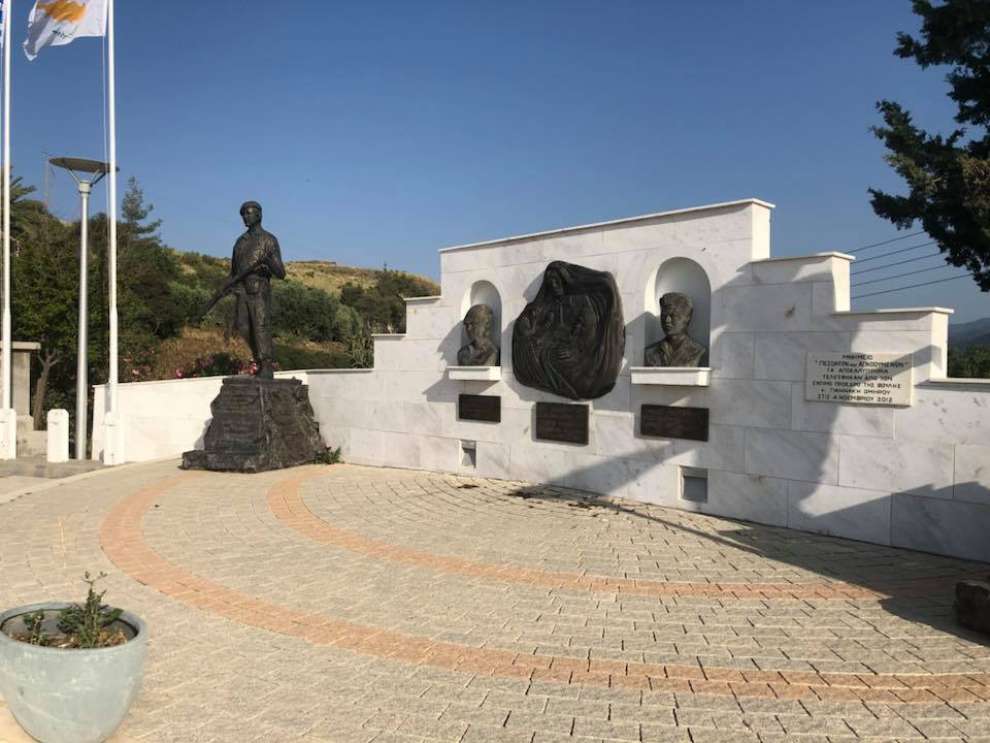
The population of Pigenia:
Pigenia village received merciless bombings, both in the battles of 1964 and in the Turkish invasion of 1974 by Turkish Attila. So many residents left the region and moved to other areas of Cyprus for a better future.
In 1891 the village had 255 inhabitants and reached 441 in 1931. In the years 1946, 1960 and 1982, the population was counted together with the neighboring village, Haleri. Thus, according to the 2001 census, there were 124 residents. Today (2018) the permanent residents of the community are 90 people.
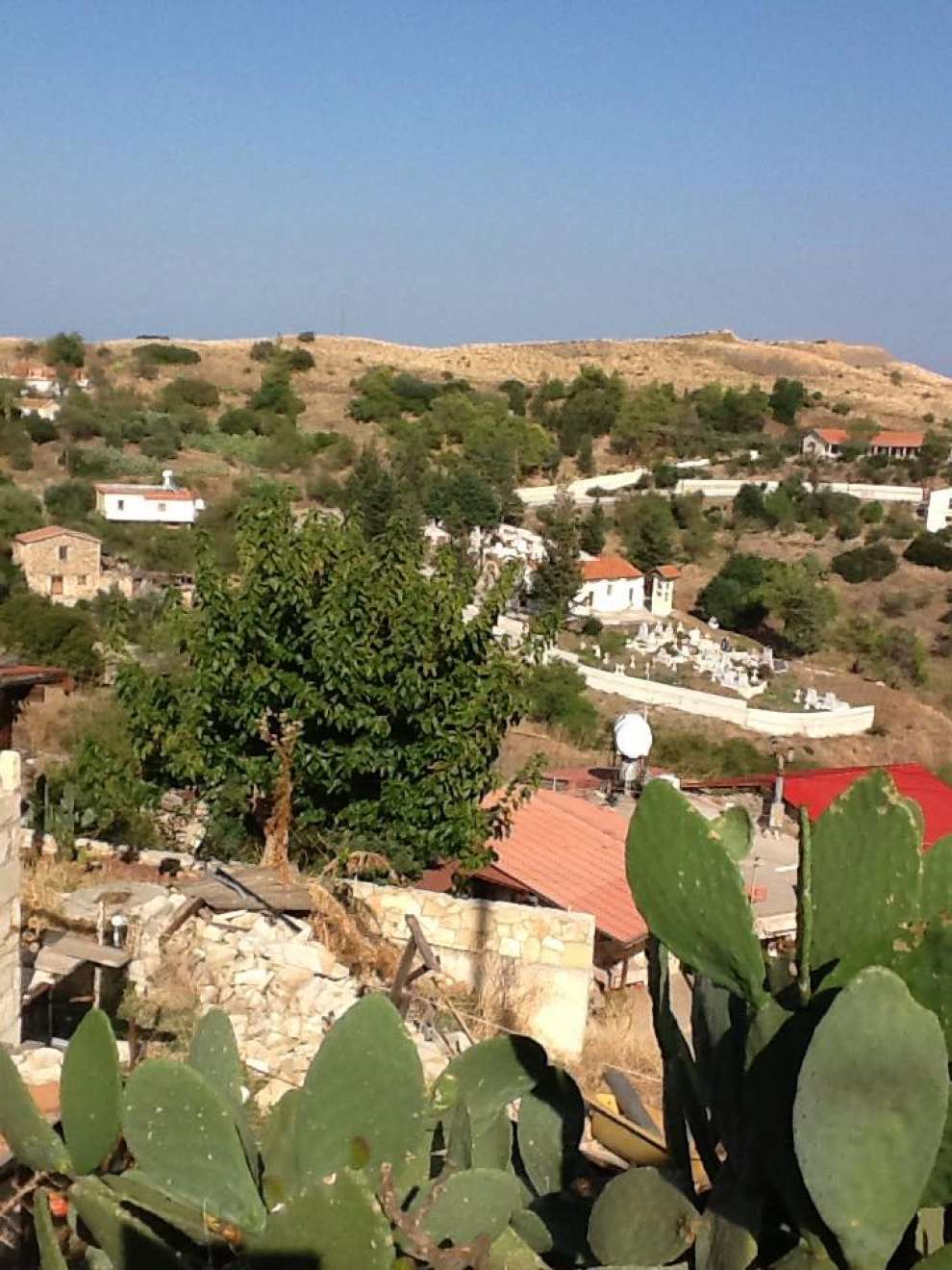 Photo: χωρίς αποσκευές
Photo: χωρίς αποσκευές
Churches and village sights:
Taking a walk in Pigenia you will see two impressive churches. The church of Agios Charalambos and the church of Agia Marina.
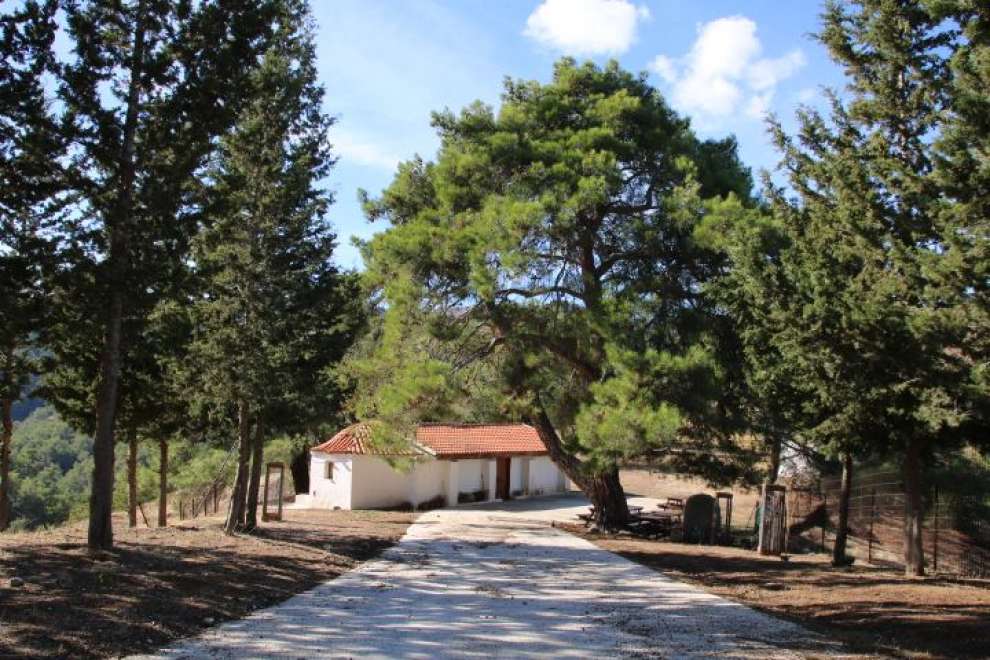 Photo: Costas Kkoli
Photo: Costas Kkoli
Additionally, exploring the village, you can visit the Omega coast, which is named after its shape resembles the Greek letter Ω.
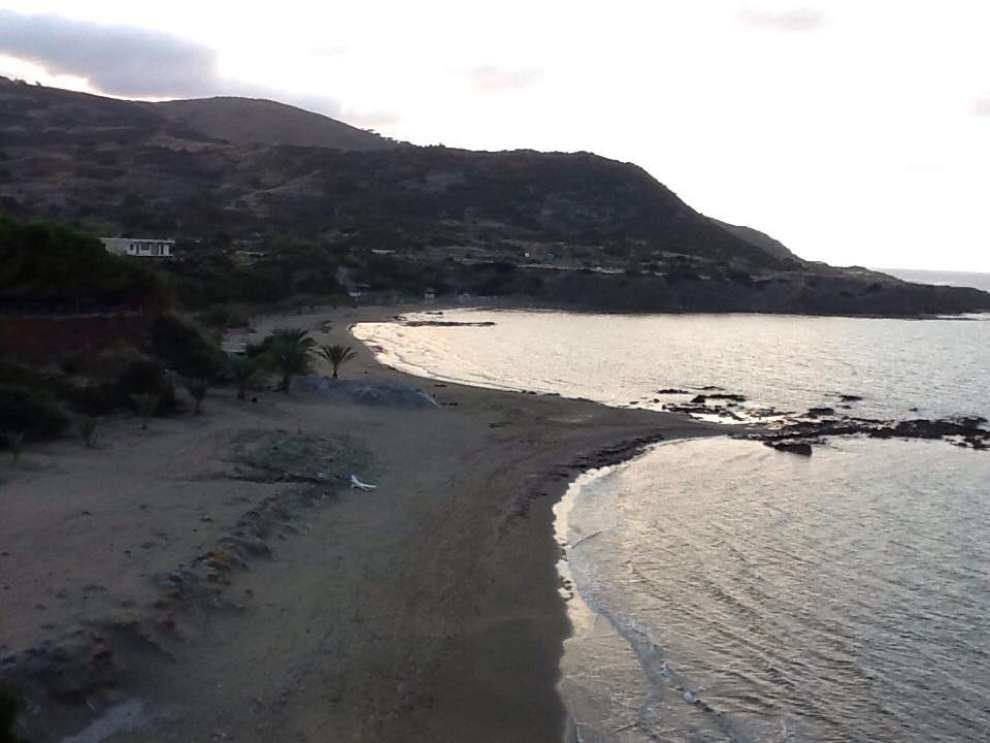 Photo: χωρίς αποσκευές
Photo: χωρίς αποσκευές
It is a coastline almost 1 km long, with warm waters and golden sand.
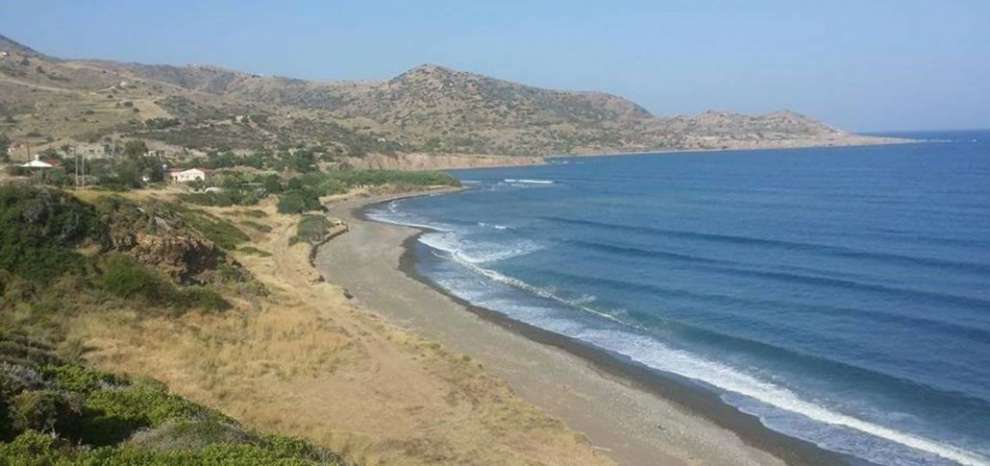 Photo: pigenia.com
Photo: pigenia.com
Finally, there are impressive stone fountains in the village of Pigenia, from which all households were supplied with water. In the Kannas area of the Community borders of Pigenia there is a faucet called "Panagia of Apparou". There is the footprint of the horse used by Virgin Mary as she passed from there to go to her throne.
Also the Virgin Mary's Fountain, located in the area between Limniona and Mansoura.
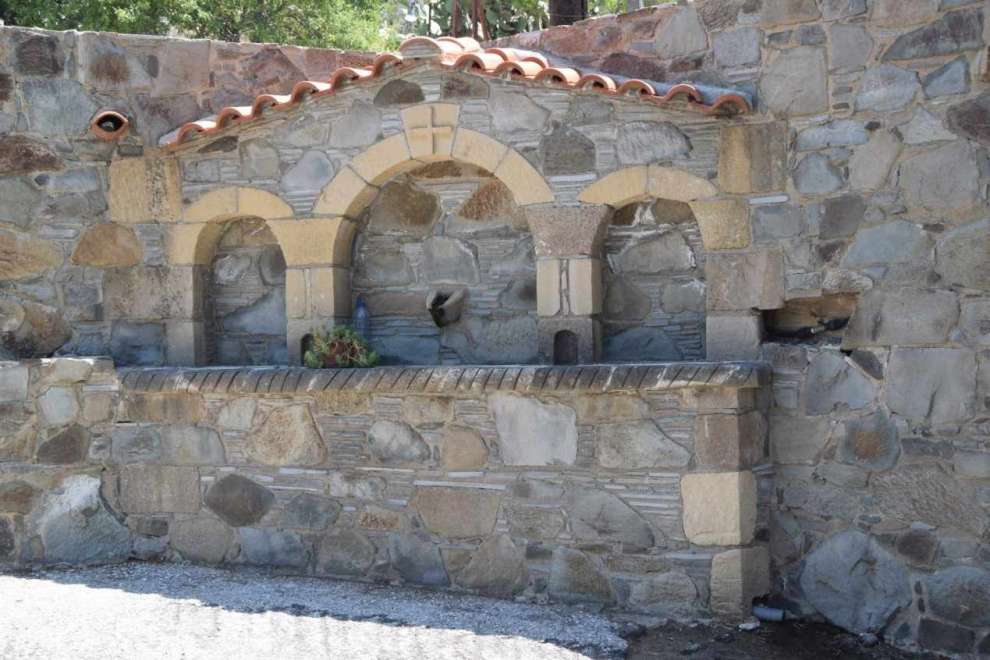 Photo: pigenia.com
Photo: pigenia.com
Finally, there is a windmill and dam in Pigenia.
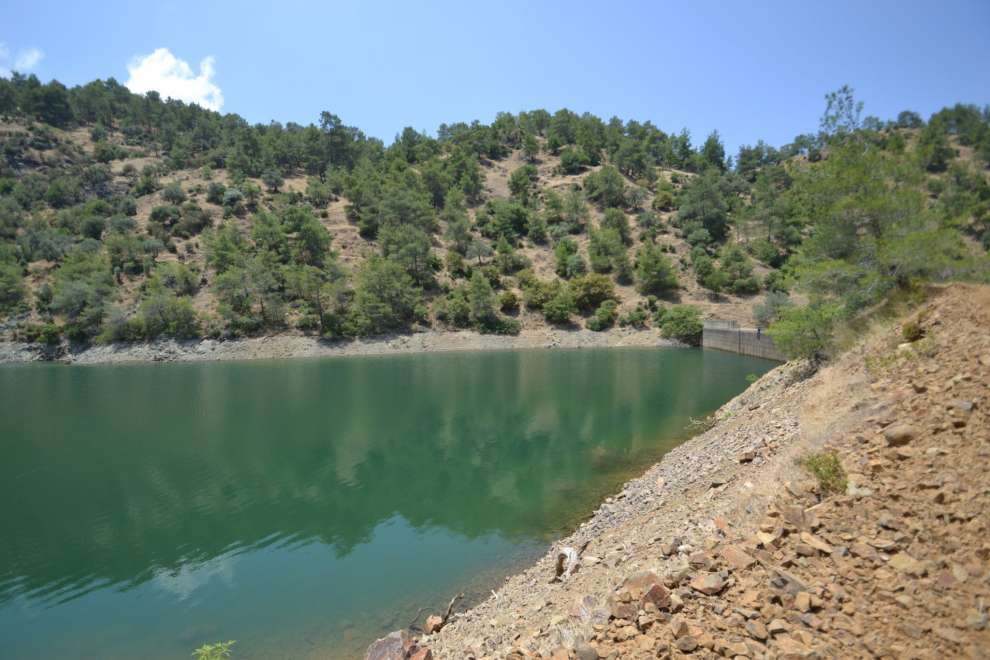 Photo: pigenia.com
Photo: pigenia.com
Occupations of residents:
Several inhabitants of the village have been engaged for years in the production of charcoal and livestock.
 Photo: Christou Odysseas
Photo: Christou Odysseas
For the map of the area, click HERE

 English
English
 Ελληνικά
Ελληνικά Русский
Русский



























